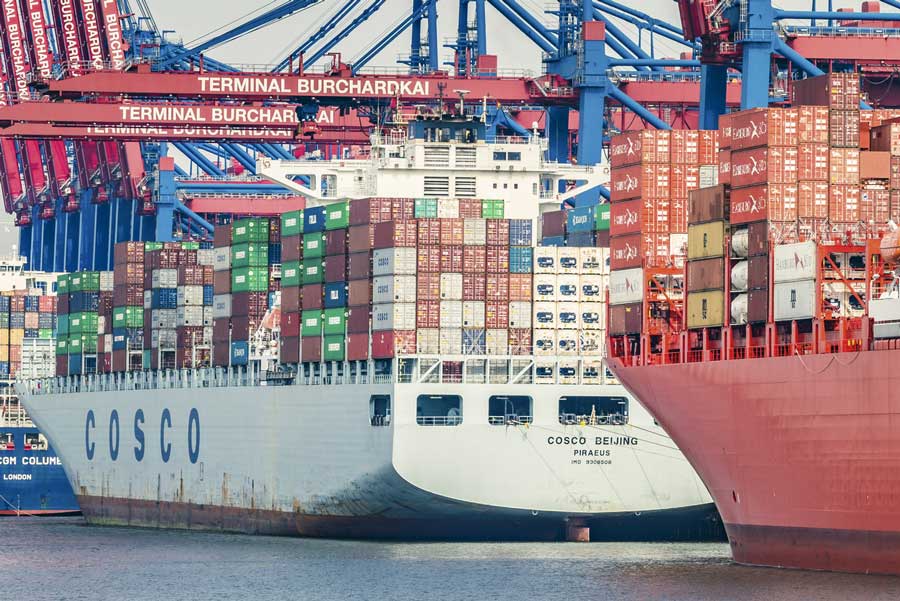COSCO announces 25 per cent revenue growth as China tops market
COSCO SHIPPING Ports Limited (CSP) has announced interim results for the first half of 2022, boasting revenues of $704.6 million.

The figure stands for a 24.7 per cent year-on-year (YoY) increase.
Gross profit increased by 33.3 per cent compared to the first six months of 2021 for a total of $197.7 million. During the same period, profit attributable to equity holders of the company rose by 0.8 per cent to $177 million.
Turning to the container sector, COSCO’s total equity throughput increased by 5.3 per cent in H1 2022, climbing to 20.4 million TEU.
Individual regional performance was mostly positive, whilst total throughput in China decreased by 1.9 per cent to 47.5 million TEU compared to the first six month of last year.
Total equity throughput of terminals in China increased by 2.4 per cent to 14.2 million TEU and accounted for 69.6 per cent of the group’s total equity throughput.
In the Yangtze River Delta region, total throughout decreased by 16 per cent YoY to 6.4 million TEU. In particular, the CSP terminal in Shanghai suffered the most with a YoY decrease of 30 per cent due to an outbreak in COVID-19 cases earlier this year.
Despite economic activities around the world still impacted by the COVID-19 pandemic, China’s foreign trade achieved steady growth in the first half of the year according to COSCO.
Total throughput of the overseas region increased by 9.9 per cent YoY to 15.6 million TEU.
Ports across China are enjoying steady growth in spite of supply chain hurdles, as they moved a total of 168.7 million TEU from January to July, an increase of 4.2 per cent compared to the same period in 2021.
Shanghai still led as best performing port with a traffic of 26.8 million TEU.
In May, COSCO Shipping Ports’ first quarter results for 2022 showed revenues of $329.7 million, an increase of 24.2 per cent year-on-year.
The group said the growth was primarily driven by its subsidiary Tianjin Container Terminal.

